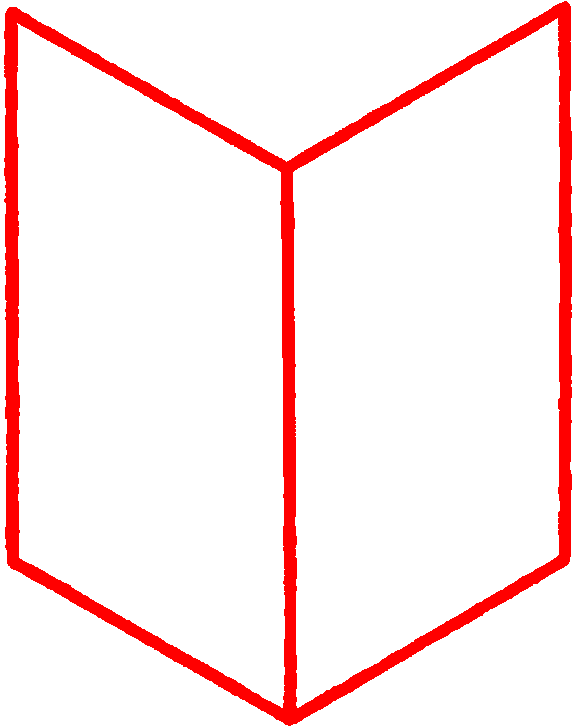Chroma Key Green video paint

All special effects rely on a progressive threshold of believability: once the strategies have been repeated and perfected, and the limits made apparent, what seems dynamic and convincing today will appear clichéd and hackneyed tomorrow. But the converse is also true. *Cinematic visual effects represent the traveling threshold of what’s imaginable.* They reveal the limit contexts in which a human character can be imagined to exist — the extremes of (sometimes) survivable situations. They define, or at least stretch, plausibility. Animation, by contrast, nods to the mechanics of the real world, but has never been bound by them. Whenever Wile E. Coyote runs off a cliff in Looney Tunes, we know he will fall downwards, even if he gets an extended mid-air suspension to realize it. Yet we don’t question how he repeatedly survives such catastrophic bad luck. This is the pleasure — and grounding assumption — of a cartoon.
Today, most background images used in compositing include (or are fabricated exclusively by) computer-generated imagery. As such, composites represent a contemporary state of mid-dissolve between the long history of recorded images and a future of algorithmically drawn ones. With this in mind, one could even imagine chroma-key compositing as a final, fraying connection between imaging technologies and images of humans: the end stage of the era when moving images were made with lenses, physical locations, and people. (Though, let’s avoid pat nostalgia: watching movies in a theater has long privileged sight-and-sound over touch-and-taste, already pressuring what it means to be fully embodied and sensorially alive.) Some might eventually mourn the passing of our now half-digitized state. If all cinematic forms do become, finally, entirely computer-generated, compositing might one day be looked upon as a handicraft. Quaint, almost.
– “Colorless Green Ideas,” Lucas Benjamin, Bulletins of The Serving Library #11, 2016
Go back
